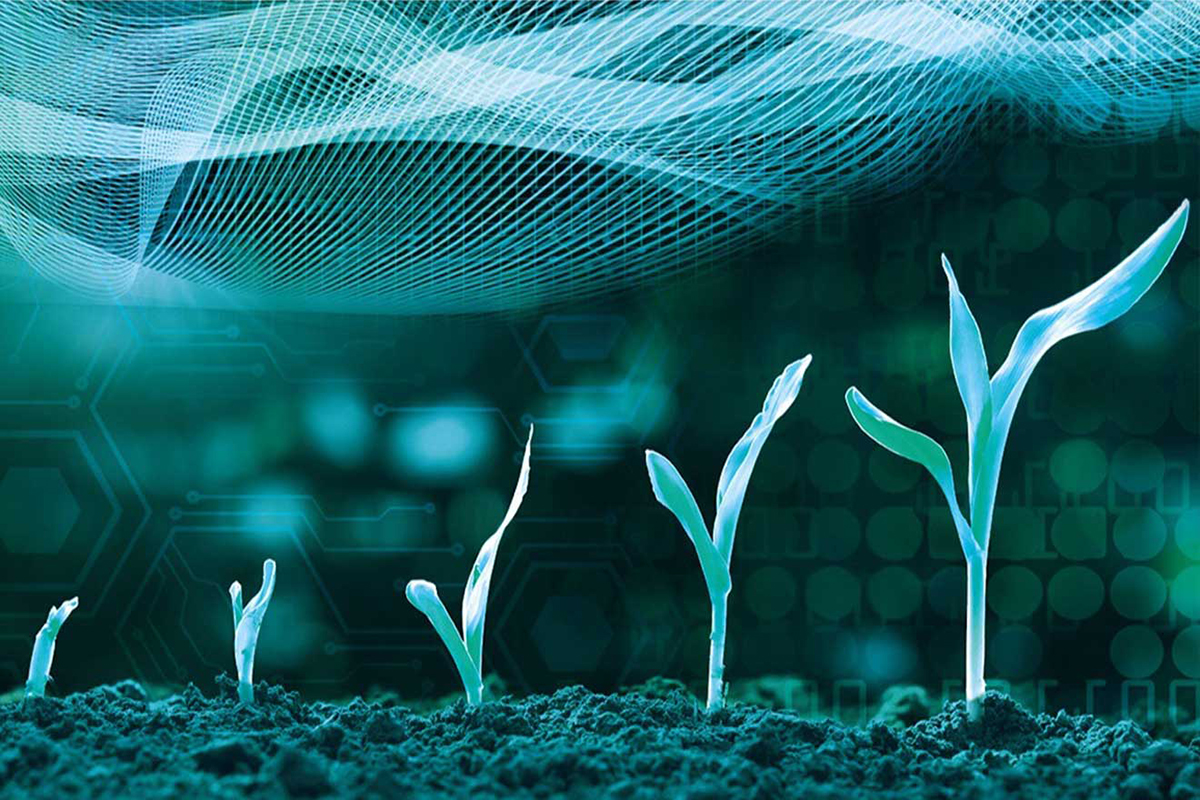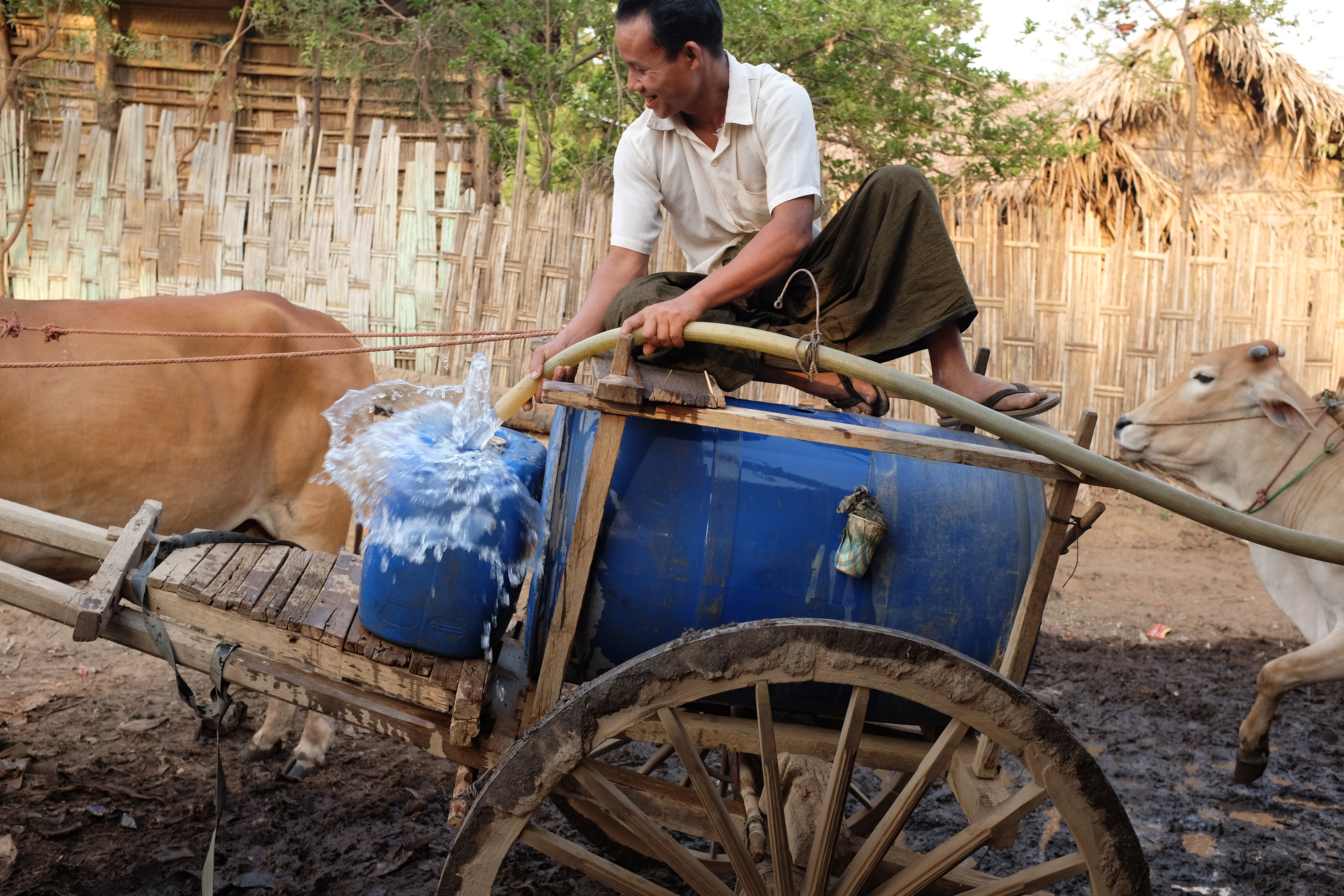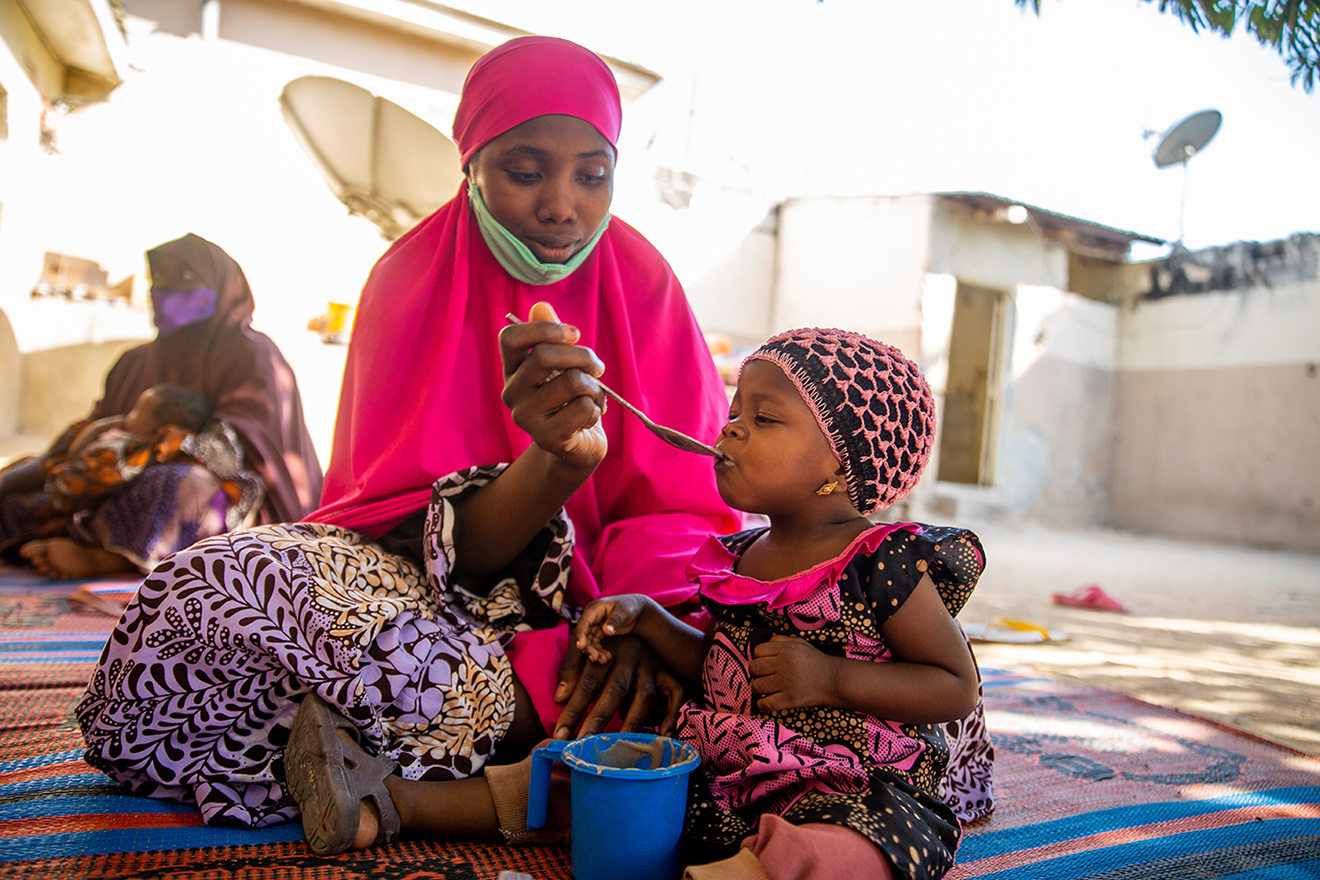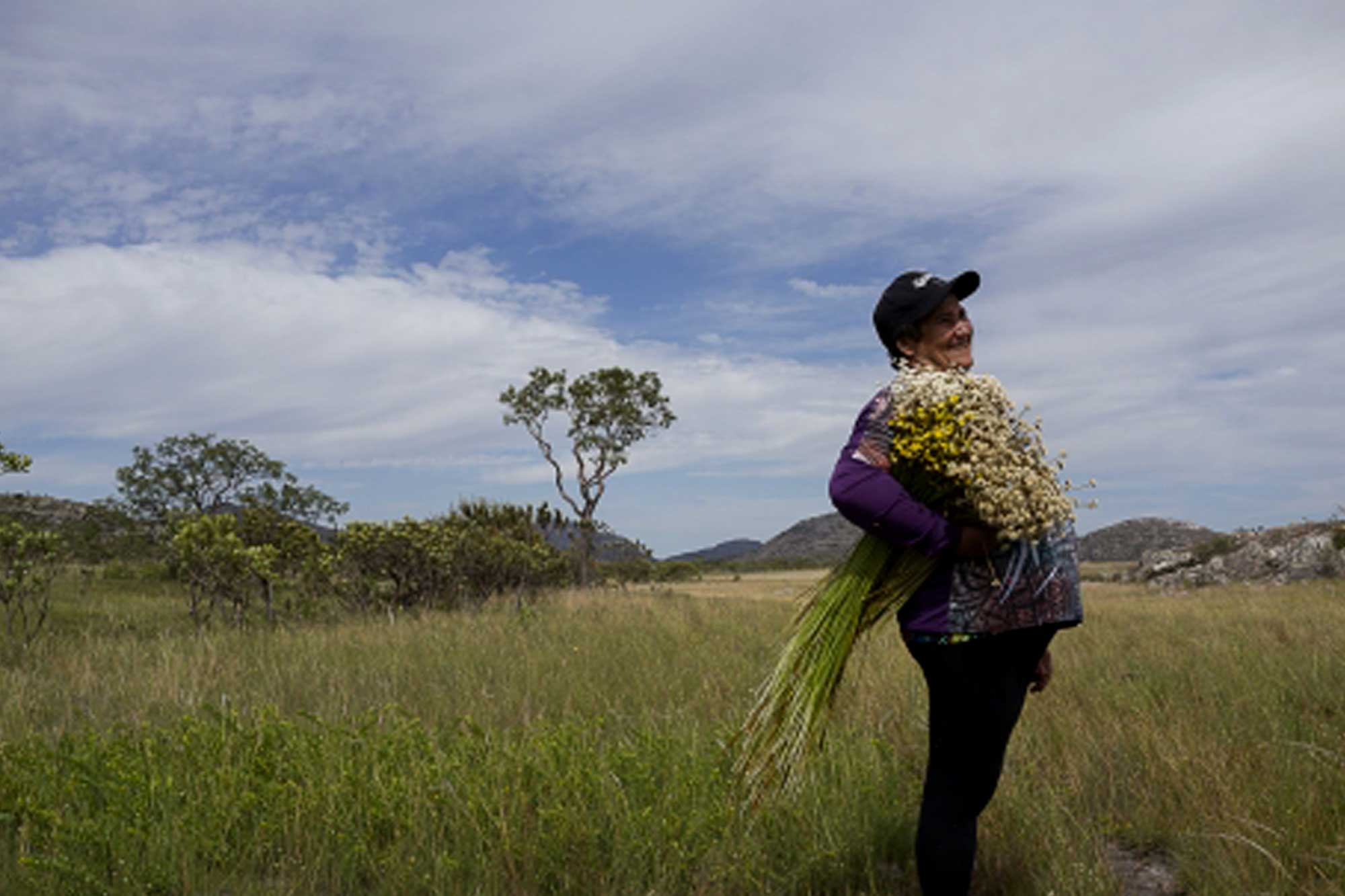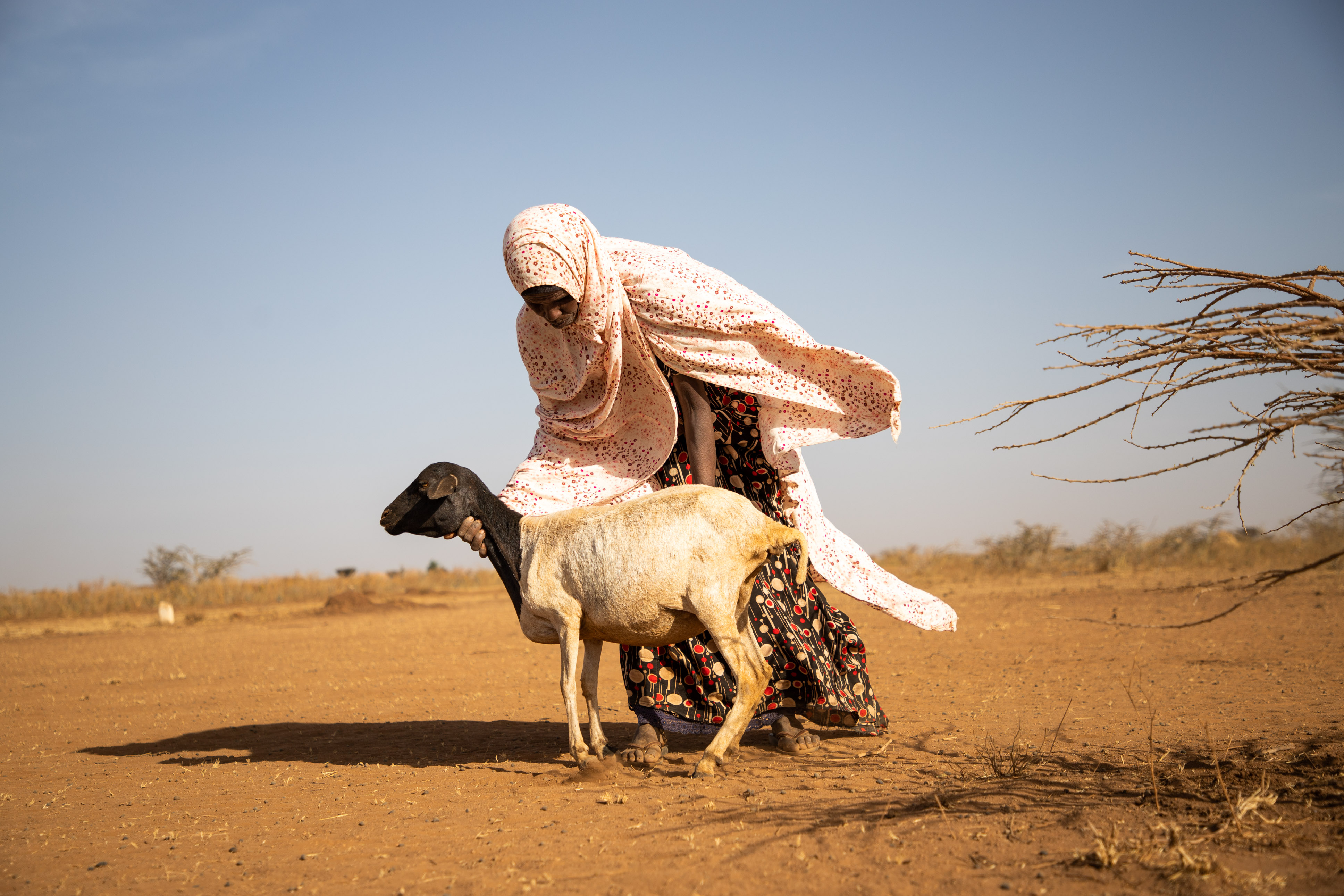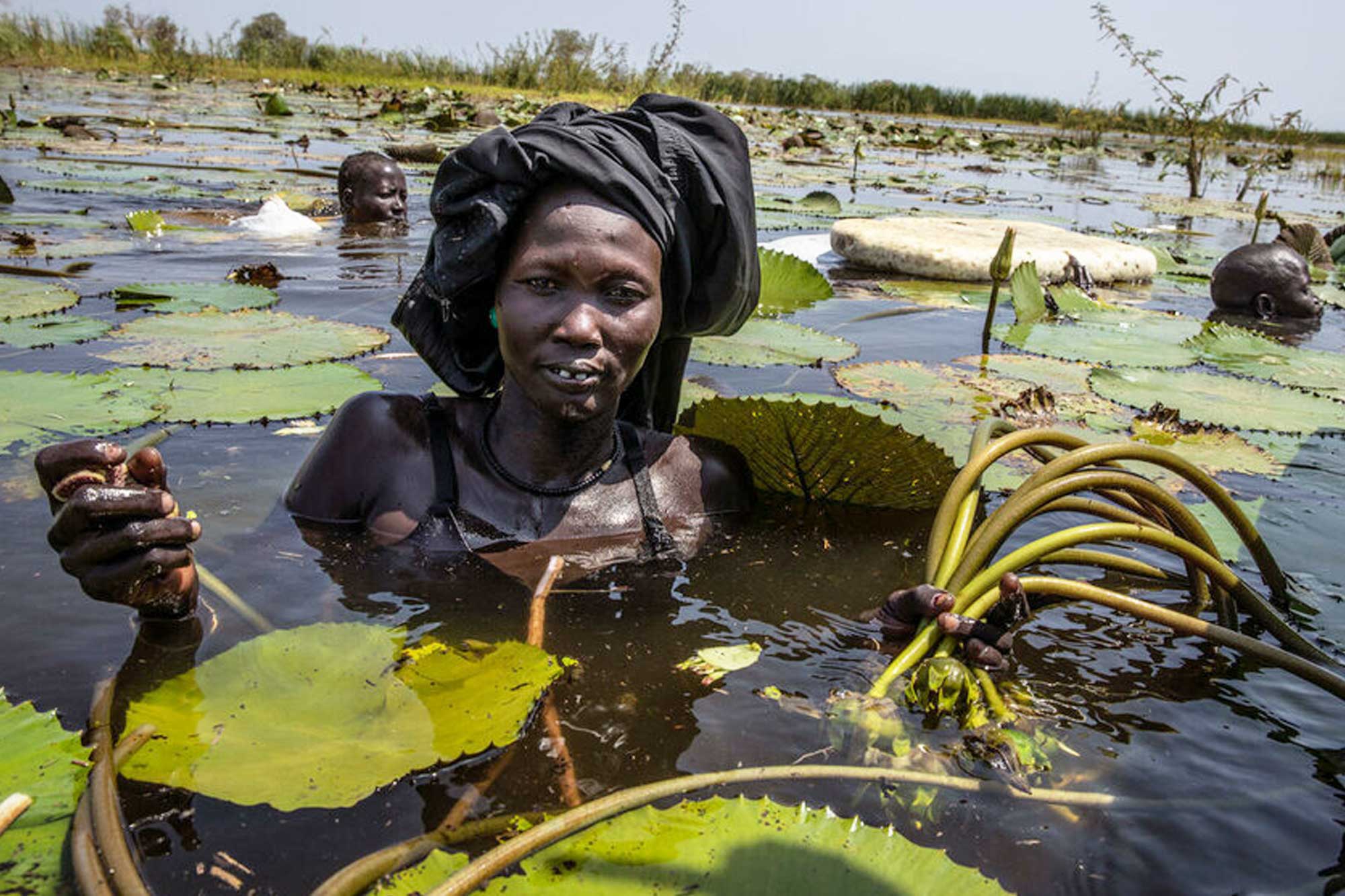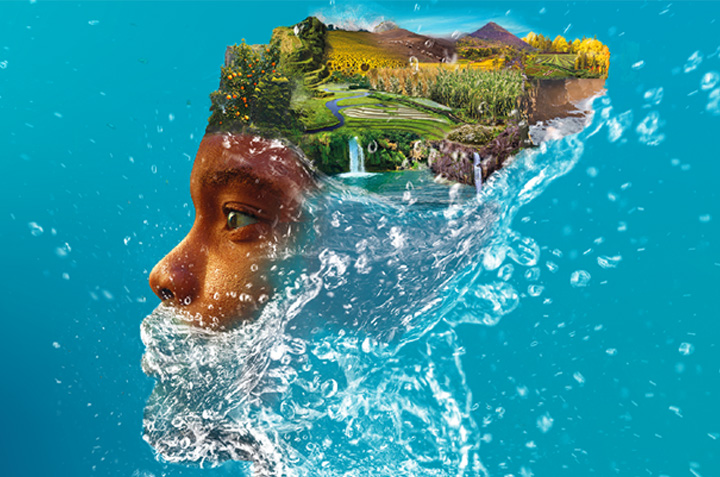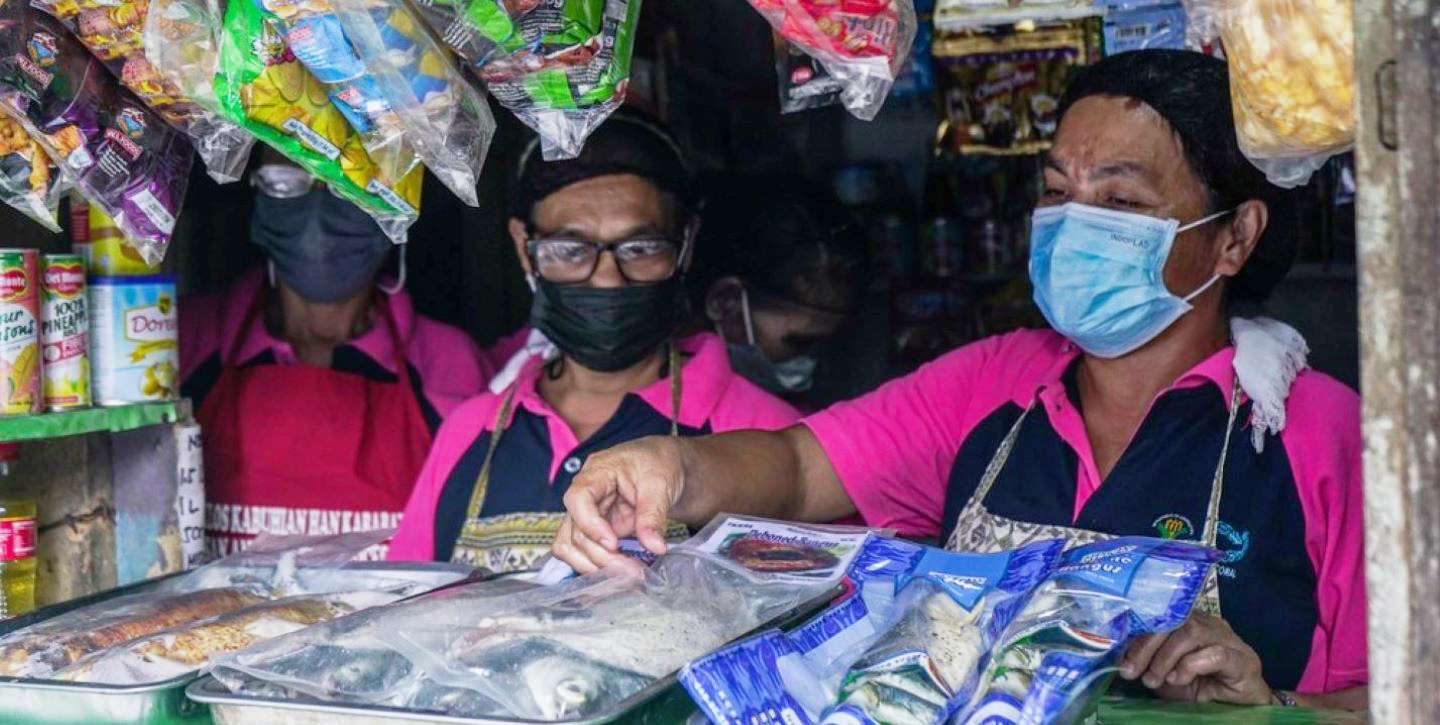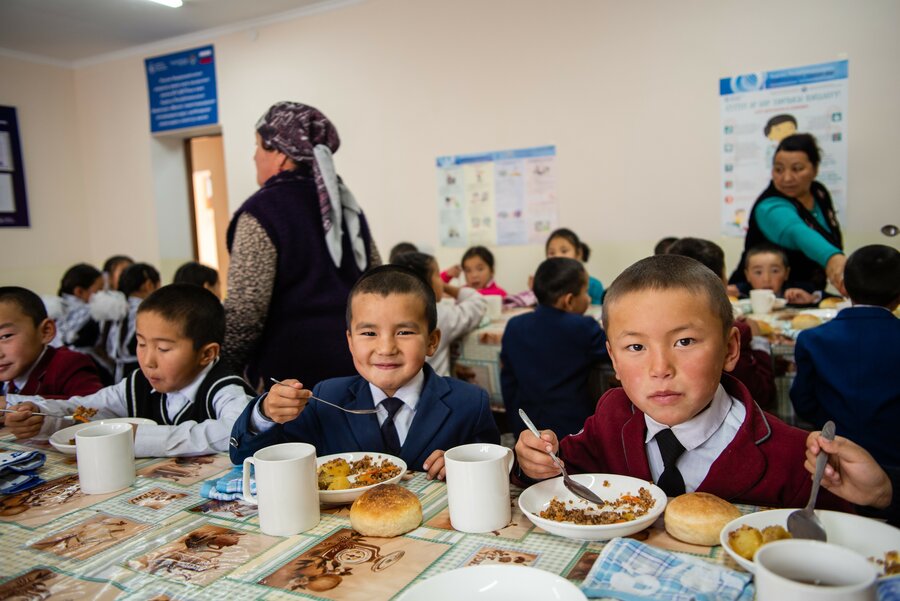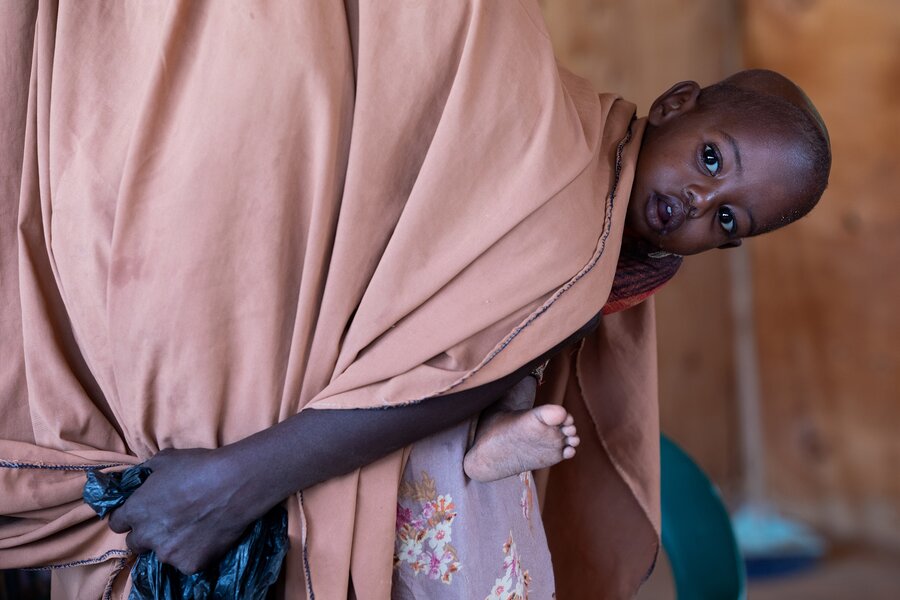Innovative technologies can help us make our agrifood systems become more efficient, inclusive, resilient and sustainable. One such “new kid on the block” is blockchain technology.
Agrifood systems face complex and unprecedented challenges related to climate change, biodiversity loss, migration, conflict, economic instabilities, and COVID-19. The FAO Science and Innovation Forum, organized together with the World Food Forum and the FAO Hand-in-Hand Investment Forum from 17 to 21 October 2022, highlight the centrality of science, technology and innovation to catalyze the transformation of our agrifood systems. The events encourage a diversity of perspectives based on science for better production, better nutrition, a better environment, and a better life for all.
This FAO music video brings together kids from all over the world singing in many languages: ♩ "We dream of a better world, Where we can feed all of its people, No one left behind, And where everyone is equal.” ♩
Around 80 percent of farmland in Asia and sub-Saharan Africa is managed by smallholder farmers. However, farm families are affected by climate change, lower earnings, higher costs, and delayed access to markets. They also disproportionately feel the burden of commodity price increases and inflation. A UNDP-supported project in Myanmar and Cambodia links smallholder farmers with input suppliers or new output markets, thereby increasing farm production, incomes, and farmer resilience. Collective action also allows smallholder farmers to buy and sell larger volumes, and to negotiate for lower input prices and reduced individual transportation costs. Find out more about the project here.
2022 finds us amid an ongoing pandemic, conflict, a climate that won’t stop warming, rising prices, and international tensions. This is affecting global food security and almost 40% of the world’s population cannot afford a healthy diet. We need to build a sustainable world where everyone, everywhere has regular access to enough nutritious food. This World Food Day, let’s make sure that no one is left behind. Find out more, watch the live webcast of the Day's events, as well as Junior World Food Day. Join #WorldFoodDay!
In some places, farmers have learned to work in harmony with the environment and use knowledge passed down over centuries to implement sustainable practices and protect biodiversity in their ecosystems. These communities envisaged and implemented ingenious ways to conserve, preserve and sustainably use biodiversity while safeguarding livelihoods and landscapes. Through the GIAHS programme, FAO is helping preserve this agricultural heritage. Here are just 4 examples of GIAHS sites.
The war in Ukraine is now in its seventh month. The fallout - humanitarian, economic and environmental - continues to grow. Its costs are being felt not only within Ukraine but around the world, where they are in turn compounding other conflicts and emergencies. In a new policy paper, UN Women explores the interrelated crises being driven and exacerbated by the war in Ukraine. Here are 4 key things to know: 1. The war in Ukraine is driving food and energy crises globally; 2. Women and girls are being impacted more—and differently; 3. It’s (past) time to rethink our global food and energy systems; 4. We need sustainable, gender-responsive solutions. More available in this feature.
The way food is produced and consumed today results in high rates of food loss and waste. This waste is responsible for an estimated 8-10 per cent of global greenhouse gas emissions. Food loss and waste has other impacts, such as wasted resources, loss of biodiversity and loss of natural ecosystems. All of this happens against a backdrop of rising food insecurity and malnutrition, with some 828 million people around the world suffering from hunger. UNEP promotes the massive potential to reduce the emissions of the sector while delivering benefits across the SDGs.
An example in resilience: displaced women of Unity State, whose lands have been submerged for 3 years, are now taking part in a local initiative to make cooking fuel out of invasive water hyacinth weeds as a safe and clean alternative to charcoal and firewood. Putting South Sudanese people on the path to early recovery is possible if we prioritize small-scale farmers who are finding local solutions to local problems. On International Peace Day, WFP looks at how tackling the climate crisis can help fight hunger and build stability.
We need to produce more food and other essential agricultural commodities with less water, while ensuring water is distributed equally, our aquatic food systems are preserved, and nobody is left behind. This World Food Day is focused in our precious liquid goal and its importance for food security.
How are agri-small and medium-sized enterprises (SMEs) affected by the current onslaught of global crises? What is IFAD doing to support agri-SMEs during this volatile time?
WFP is the world's largest humanitarian agency, assisting 115.5 million people in over 120 countries and territories. Each day it has up to 5,600 trucks, 30 ships and 100 planes on the move, delivering food and other assistance in some of the most remote and challenging parts of the world. It is the frontline UN agency responding to emergencies caused by conflict, climate shocks, pandemics, and other disasters, tackling ongoing emergencies in over 20 countries or regions. WFP also provides school meals to 15.5 million children, improving both their nutrition and their access to a potentially life-changing education. Read the article to find out more about the UN agency.
With its sandy white soil, Suriname’s savannah belt, tucked between the country’s Atlantic coast and the dense tropical forest of its interior, may not count among its most fertile soils. But it’s considered one of the birthplaces of the pineapple, and its rich and unique collection of varieties testifies to this. Cultivated mainly by the region’s Indigenous Peoples, especially the Lokono (Arawak) and Kaliña (Caraiben) peoples, the pineapple offers great prospects for improving livelihoods – potential which FAO and its United Nations partner agencies are working to help unlock.
The drought in 2011 led to widespread famine across the Horn of Africa. Now, the risk of famine looms over Somalia again. With conflict compounding the climate crisis in the country, thirst and hunger are driving people to make perilous journeys on foot to reach safety. WFP has drastically scaled up the food and nutrition assistance that it provides in Somalia. The UN agency is now reaching more people than ever before - over 3.5 million in June alone. But as the drought continues, the numbers of hungry people keep growing with over 7 million people facing critical food insecurity.

